From the chrysanthemum brews of ancient China to today’s bold ventures in California and Brooklyn, flower wine is re-emerging as a fragrant, flavorful, and feminist form of fermentation. Once overlooked, this centuries-old tradition is gaining traction in contemporary winemaking circles around the world.

For many, the word “wine” conjures images of vineyards, grape varietals, and oak barrels. But long before the dominance of the grape, and long before wine became a product of prestige, people across cultures were fermenting a different kind of nectar, made not from fruit, but from flowers. Flower wine, a once-obscure tradition with roots in herbalism and home-brewing, is now undergoing a renaissance thanks to innovative winemakers and a growing appreciation for nontraditional methods. And as climate challenges and shifting palates reshape the wine industry, this botanical approach offers something refreshingly different in taste, history, and purpose.
A Global History Rooted in Nature and Ritual
The story of flower wine begins far from today’s boutique wineries. In ancient China, chrysanthemum wine was more than a drink, it was a ritual of renewal. During the Han Dynasty (247–195 B.C.E.), chrysanthemum wine was traditionally consumed on the ninth day of the ninth lunar month for protection and longevity. That tradition continues today during the Double Ninth Festival, which blends ancestral respect with herbal health practices.
Korea, too, holds a rich tradition of fermenting flowers. Within the world of sool — the umbrella term for Korean alcohol — flowers like azalea, hydrangea, and chrysanthemum have long played medicinal and ceremonial roles. “The use of flowers is a very deep part of the Korean sool tradition,” explains Alice Jun, winemaker at Hana Makgeolli in Brooklyn. “It was always about more than just taste, it was about healing and balance.”
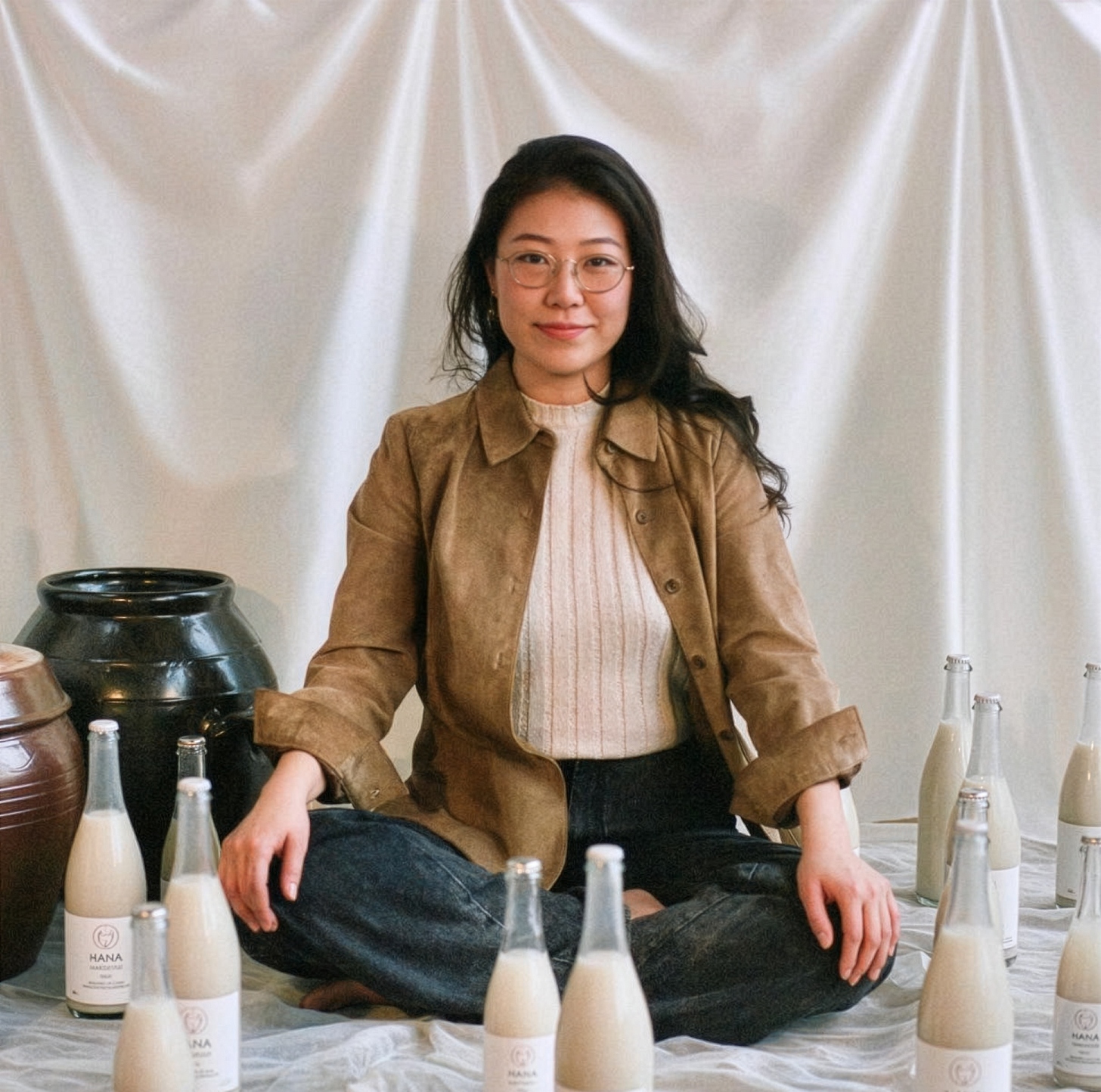
In Europe and North America, dandelion wine carved its place as a practical and humble brew. U.S. settlers in the 19th century fermented dandelions both for their abundance and purported health benefits. Often crafted by women in rural communities, these floral fermentations were part of a domestic tradition of using what nature provided, long before industrial agriculture or formalized viticulture.
Fast forward to today, and flower wine is undergoing a cultural and commercial revival. Aaliyah Nitoto, founder of Free Range Flower Winery in Livermore, California, is at the forefront of this renaissance. Her sparkling lavender wine, floral, refreshing, with herbal complexity, challenges everything the wine establishment considers “conventional.” Nitoto emphasizes that the concept of wine made exclusively from grapes is a relatively modern, Eurocentric idea.

“We’ve been taught to believe wine equals grapes,” she says. “But humans have always fermented what they had - flowers, fruit, grain. That’s the true history.”
Nitoto isn’t alone. Nana Meriwether of Navina, a flower wine label based in Los Angeles, is also bringing florals to the fore with wellness-focused wines. Using ingredients like hibiscus and rose, her creations appeal to a wellness-minded generation seeking lower-alcohol, botanical beverages that bridge the gap between wine, tea, and tonic.

Meanwhile, Alice Jun at Hana Makgeolli continues to experiment with floral infusions in rice wine, aiming to highlight traditional Korean ingredients in a new setting. “These aren’t just pretty wines, they’re layered, subtle, and deeply rooted in history,” she notes.
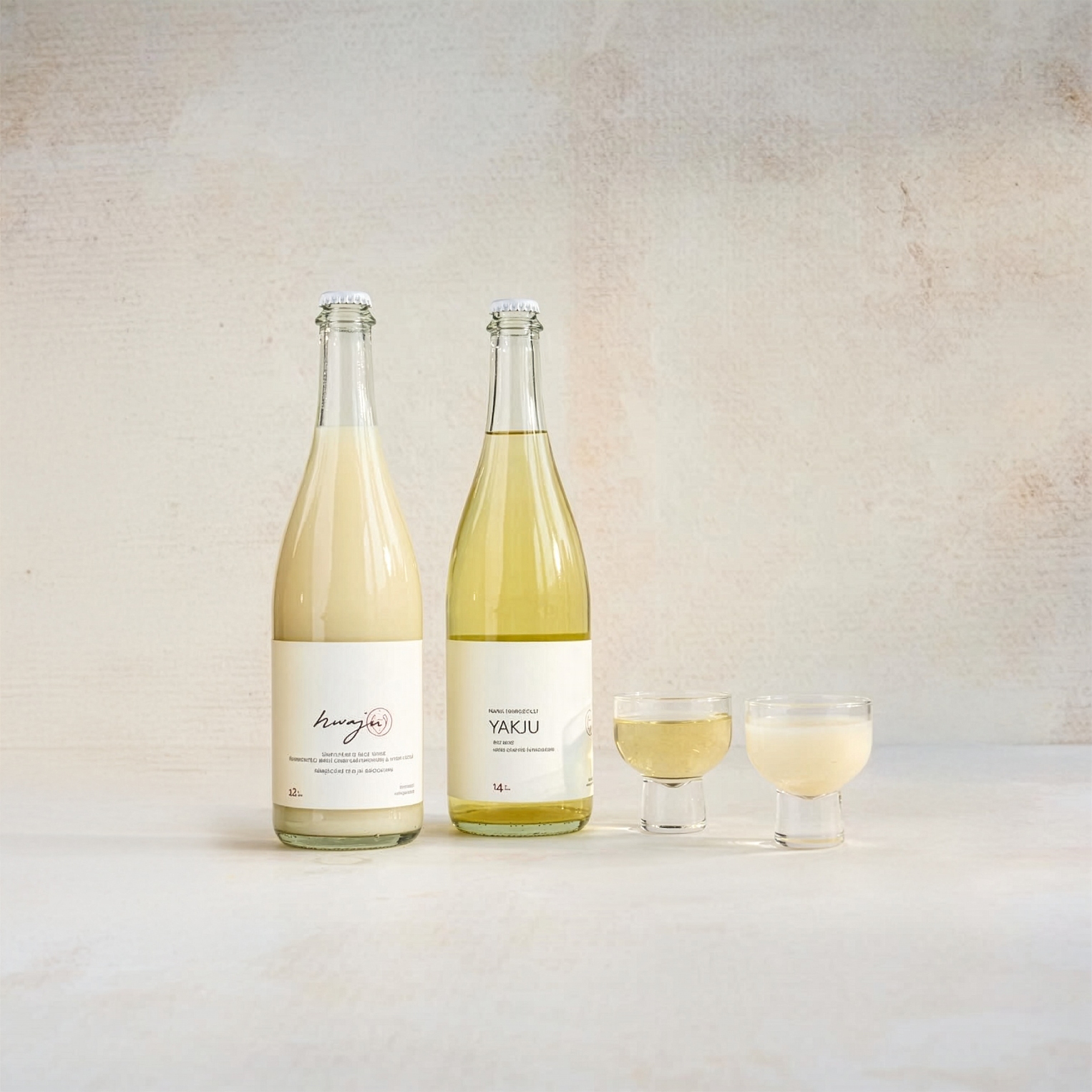
This grassroots movement has even reached beyond the U.S. Inquiries about flower winemaking have come from as far as China, India, Rwanda, and Central America, according to Nitoto. Many of these inquiries come from individuals whose grandparents once made their own floral wines at home, a testament to the tradition’s quiet but enduring presence.
How Flower Wine is Made
While flower wine shares the same core process as grape wine, fermentation of sugar by yeast, the base ingredients differ. Winemakers typically use dried or fresh flowers, steeping them in hot or cold water to extract flavor and aromatics. A sugar source is then added to feed the yeast, and fermentation begins.
Depending on the flower used and the maceration time, the resulting wines can range from delicate and perfumed to earthy and complex. “In a single brew, we might use just 500 to 600 grams of flowers,” says Jun. “The key is restraint, you want a whisper of the flower, not a perfume bomb.”
Free Range Flower Winery offers several varietals, including rose petal, marigold, and dandelion blends, with limited releases rotating seasonally. The wines are low in alcohol, beautifully bottled, and intentionally positioned as both artisanal and accessible.
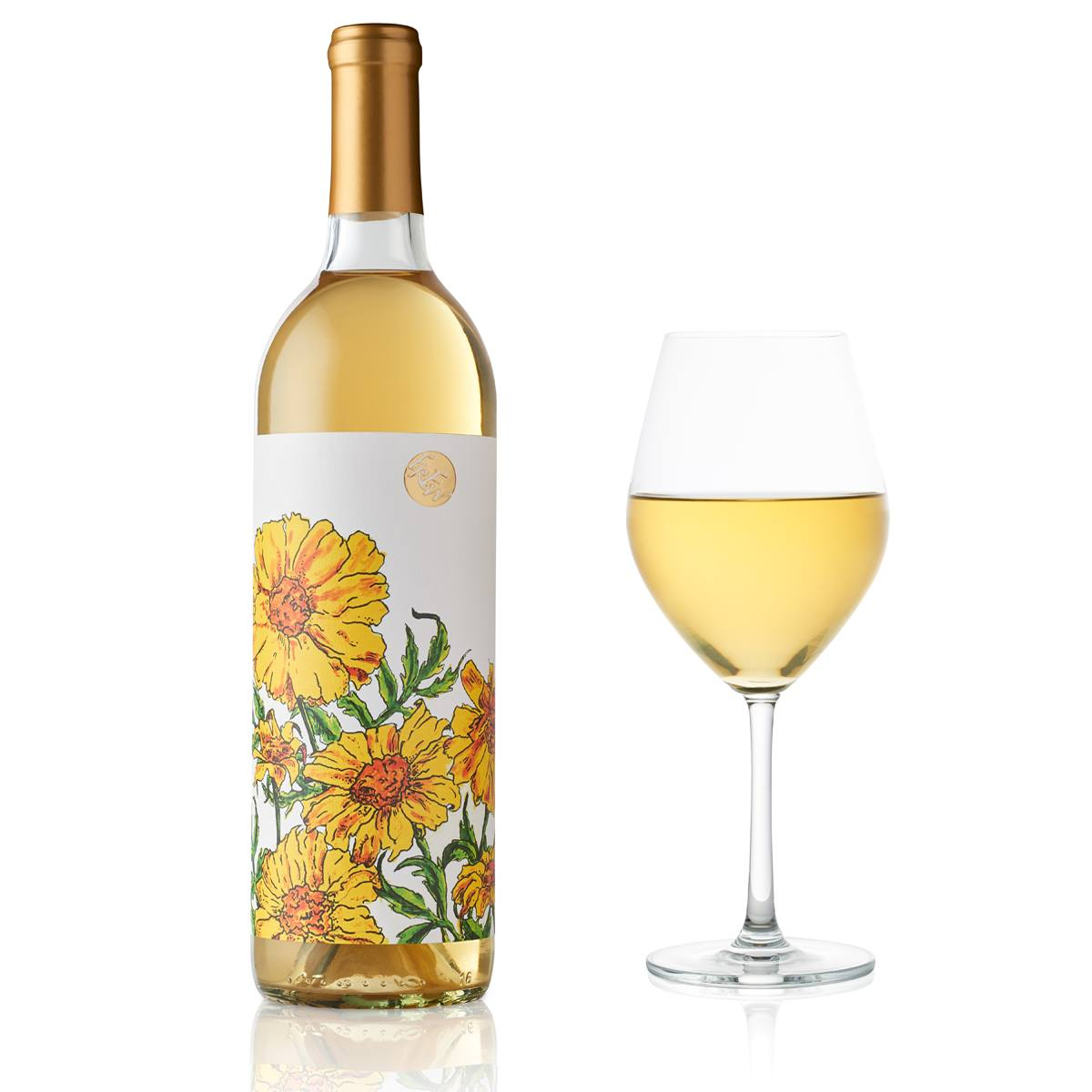
Part of the re-emergence of flower wine is its reclamation of a practice historically carried out by women, especially those without access to land or wealth. “These wines were primarily made by women and people of lower income,” says Nitoto. “That’s part of why they disappeared from the mainstream. The power structures in traditional winemaking dictated what counted as ‘real’ wine.”
Today, the visibility of women of color leading the flower wine movement, like Nitoto and Meriwether, adds another layer of cultural significance. Their work not only reintroduces a forgotten craft, but also redefines what it means to be a winemaker in the 21st century.
And it’s resonating. According to the latest trend reports in the beverage industry, botanical and floral wines are seeing increased demand, particularly among younger consumers who value sustainability, creativity, and wellness. Platforms like Etsy and Instagram are filled with small-batch flower wine makers sharing recipes and offering products, often infused with wild-foraged ingredients and zero additives.
As the effects of climate change continue to challenge traditional viticulture from extreme heat to droughts, alternative winemaking practices like flower fermentation may offer a sustainable path forward. With no need for vineyards or crushing equipment, and a lower environmental footprint, flower wine is as practical as it is poetic.
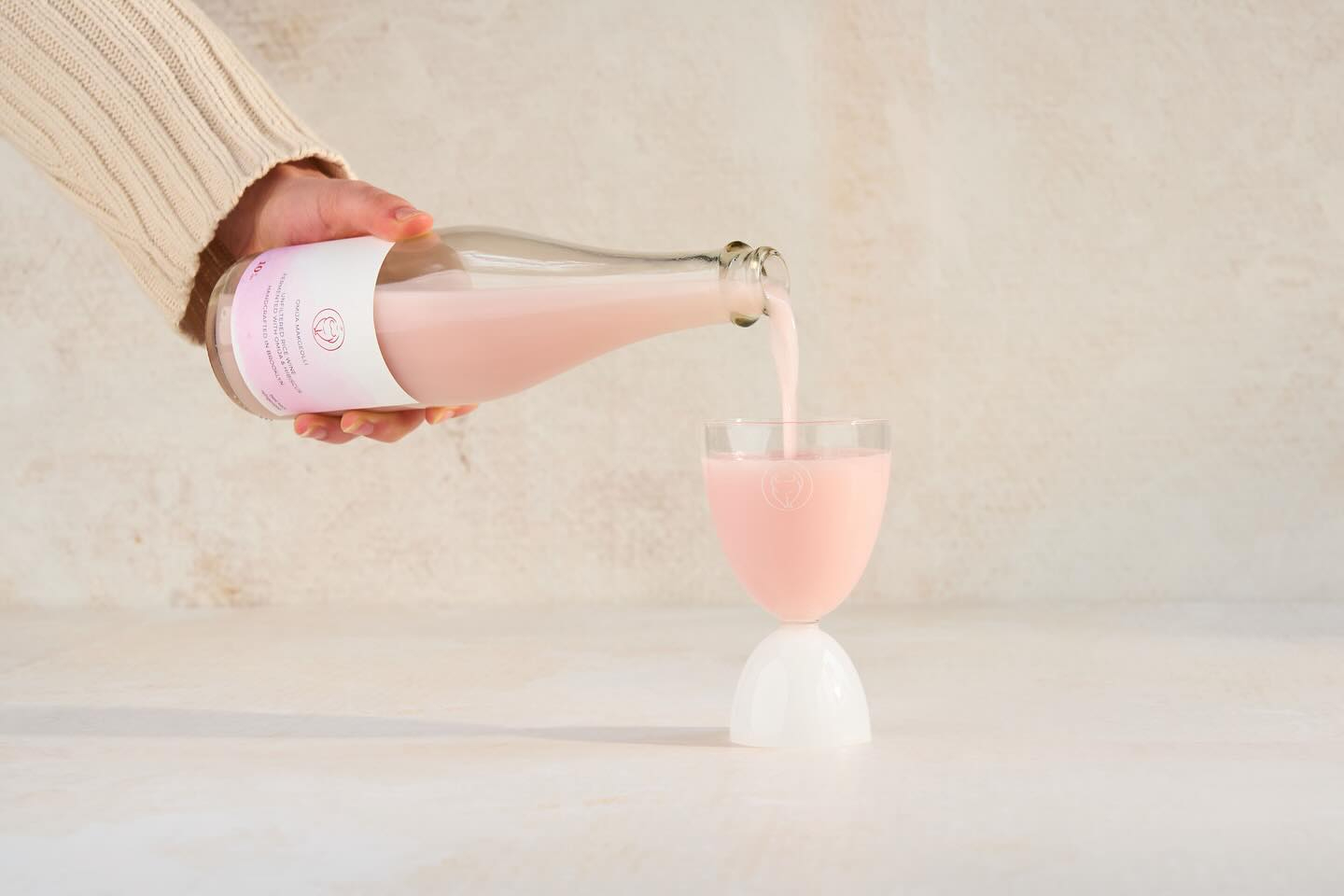
Ultimately, flower wine invites us to slow down and consider what we’re drinking and why. It reawakens the senses, connects us to the natural world, and honors the ingenuity of the many cultures and communities who have fermented blooms long before us.
In recent years, flower wine has found a growing audience in the U.S. West Coast, particularly in California’s natural wine scene and artisanal markets in Brooklyn, where experimental winemaking thrives. It’s also gaining traction in wellness-focused spaces in Los Angeles and Austin, where consumers are drawn to its low alcohol content and botanical profile. Flower wine has quietly entered celebrity circles too, Tracee Ellis Ross has reportedly shared her love for botanical blends, while Nana Meriwether, a former Miss USA and founder of Navina flower wines, actively promotes the category as both founder and fan. Her brand has received praise in outlets like Vogue and Forbes, elevating flower wine’s profile among style-conscious, health- minded drinkers.
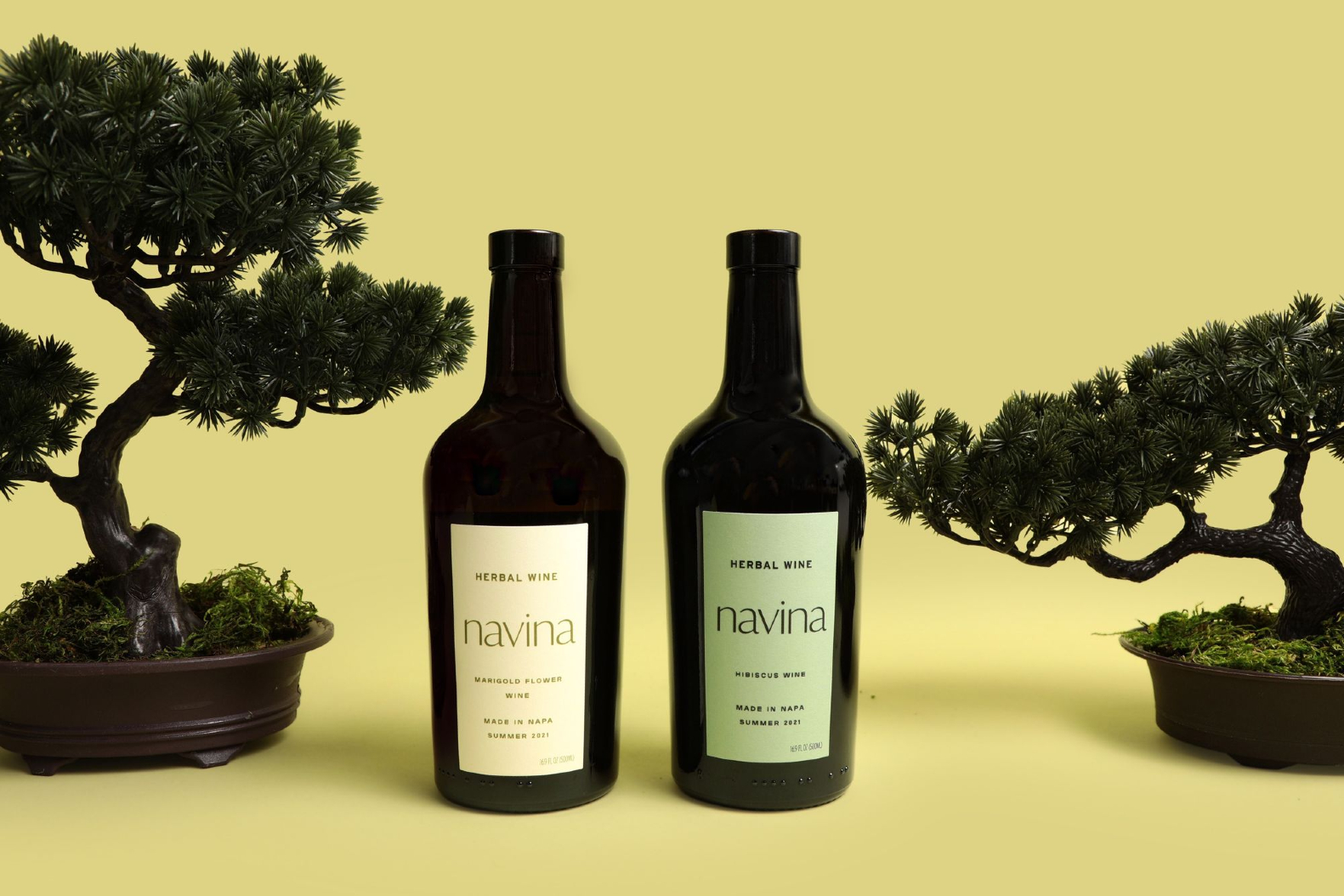
With its unique flavors, heritage value, and aesthetic charm, flower wine is blossoming into a symbol of conscious luxury, a drink that’s as rich in history as it is in fragrance.